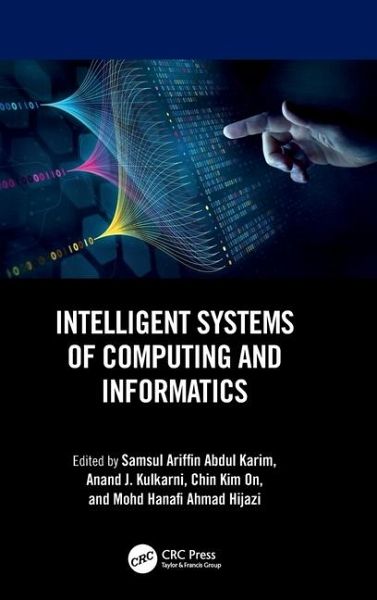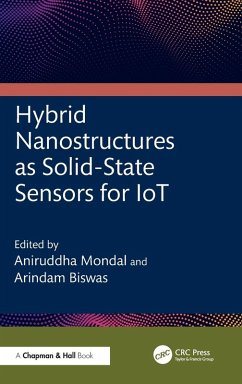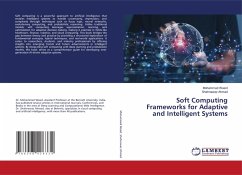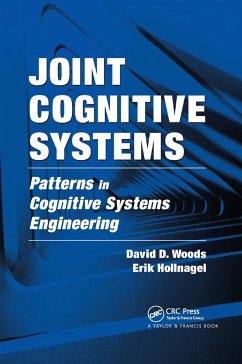
Intelligent Systems of Computing and Informatics
Versandkostenfrei!
Versandfertig in 6-10 Tagen
123,99 €
inkl. MwSt.
Weitere Ausgaben:

PAYBACK Punkte
62 °P sammeln!
Since 2011, the Fourth Industrial Revolution (IR4.0) has played a significant role in education, research, and industry. Data technologies have also evolved rapidly to cater to the rapidly growing size of the data as well as to enhance the security of the shared data through multiple resources and platforms.Intelligent Systems of Computing and Informatics aims to develop a new Intelligent Systems of Computing and Informatics (ISCI) to cater to the needs of industries in line with the United Nations' Sustainable Development Goals (SDGs) of affordable and clean energy and sustainable cities and ...
Since 2011, the Fourth Industrial Revolution (IR4.0) has played a significant role in education, research, and industry. Data technologies have also evolved rapidly to cater to the rapidly growing size of the data as well as to enhance the security of the shared data through multiple resources and platforms.
Intelligent Systems of Computing and Informatics aims to develop a new Intelligent Systems of Computing and Informatics (ISCI) to cater to the needs of industries in line with the United Nations' Sustainable Development Goals (SDGs) of affordable and clean energy and sustainable cities and communities.
Comprising 20 chapters by experts from all over the world, this book covers such topics as data technologies, machine learning, signal and image processing, software systems efficiency, computer networking, Internet of Things, and computational intelligence for real-life problems.
Key Features:
Develops a new system for computing and informatics
Provides the state of the art of current research and studies in intelligence systems
Written by experts in the field of computing and informatics
This book is aimed at postgraduate students, researchers working in various research and development (R&D) agencies, and practitioners, as well as scientists that have an interest in ISCI.
Intelligent Systems of Computing and Informatics aims to develop a new Intelligent Systems of Computing and Informatics (ISCI) to cater to the needs of industries in line with the United Nations' Sustainable Development Goals (SDGs) of affordable and clean energy and sustainable cities and communities.
Comprising 20 chapters by experts from all over the world, this book covers such topics as data technologies, machine learning, signal and image processing, software systems efficiency, computer networking, Internet of Things, and computational intelligence for real-life problems.
Key Features:
Develops a new system for computing and informatics
Provides the state of the art of current research and studies in intelligence systems
Written by experts in the field of computing and informatics
This book is aimed at postgraduate students, researchers working in various research and development (R&D) agencies, and practitioners, as well as scientists that have an interest in ISCI.














